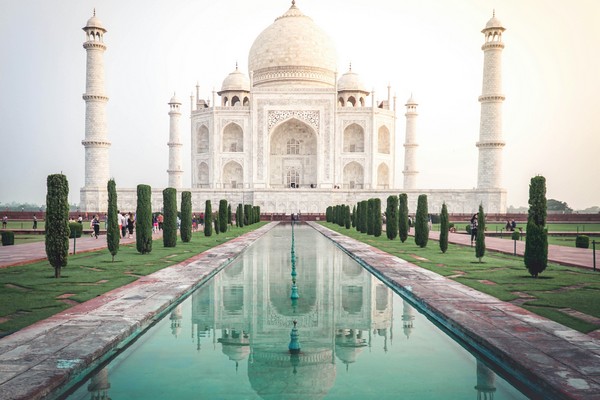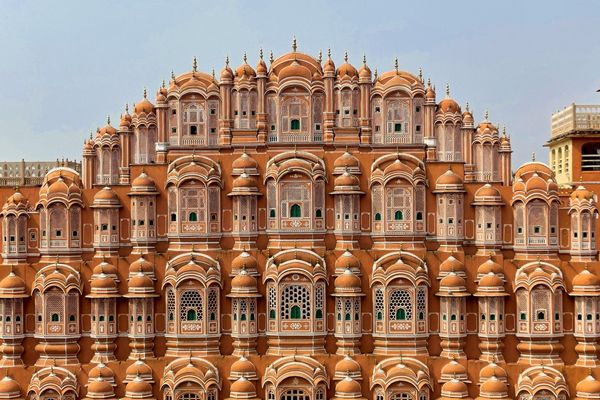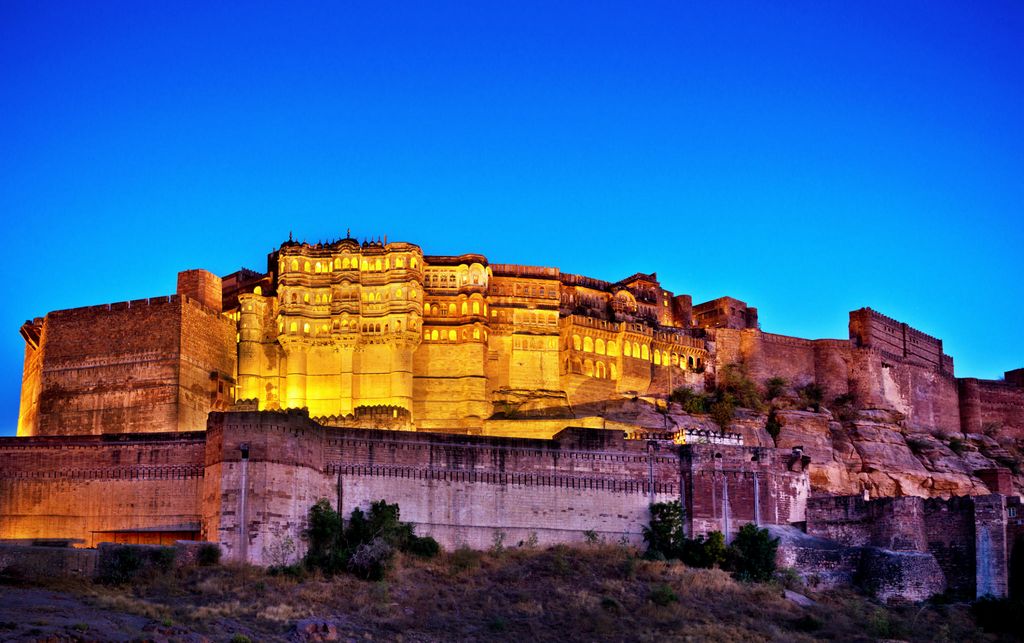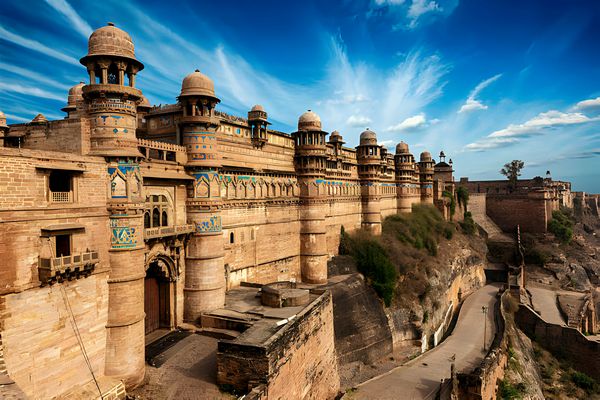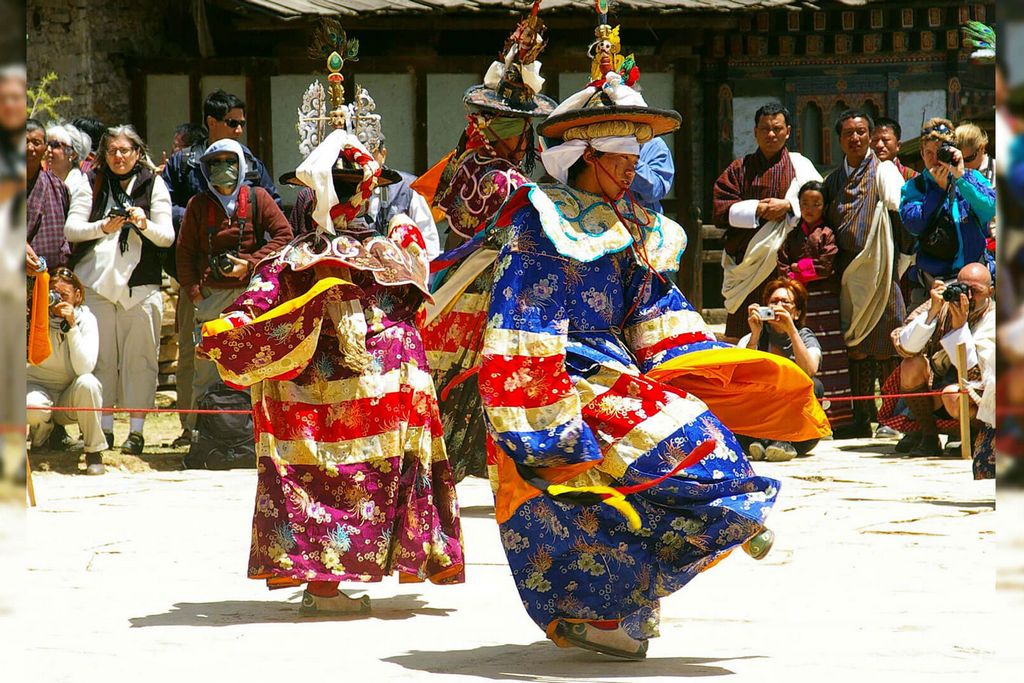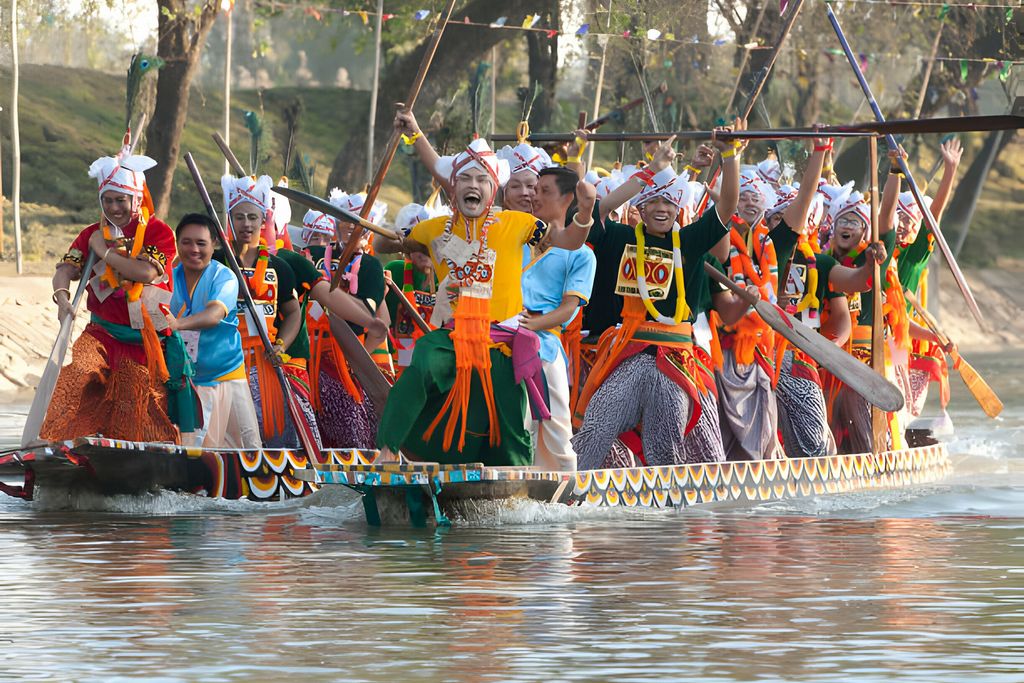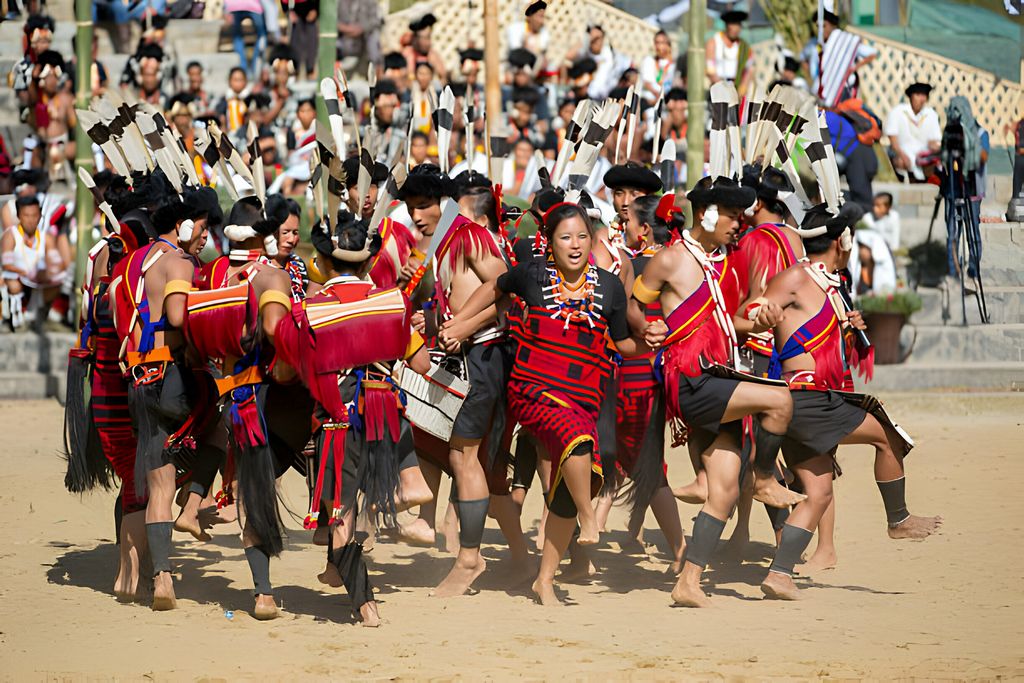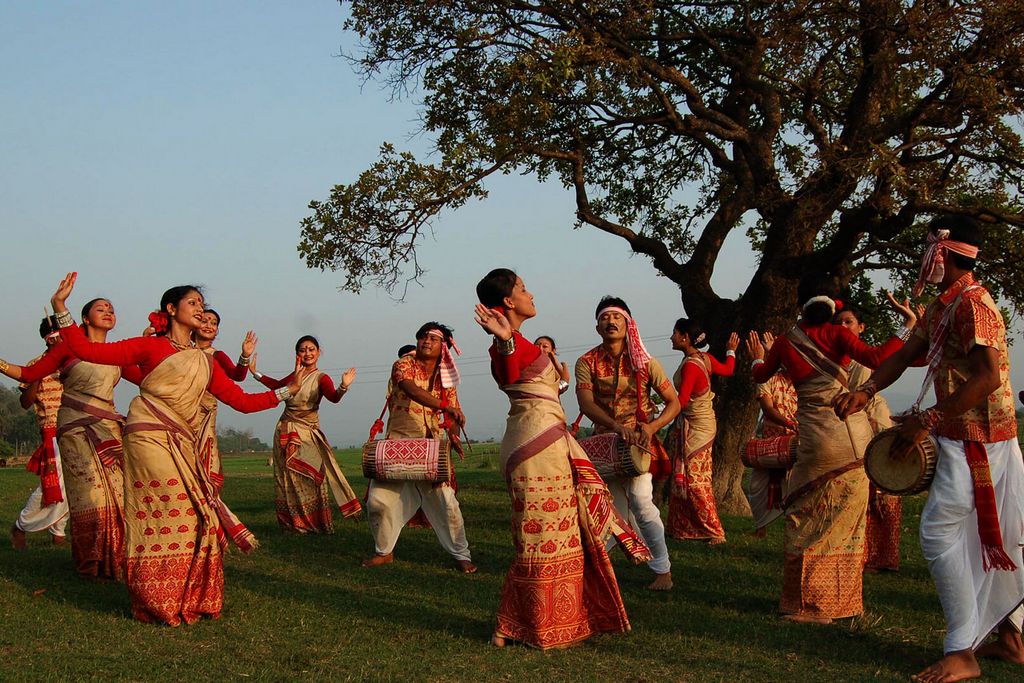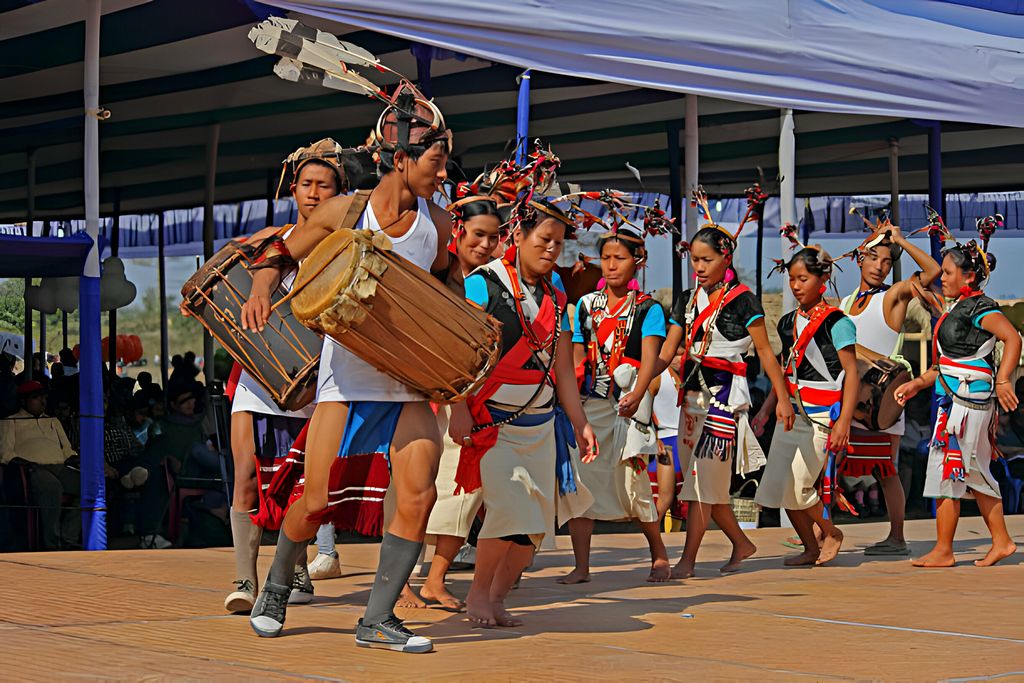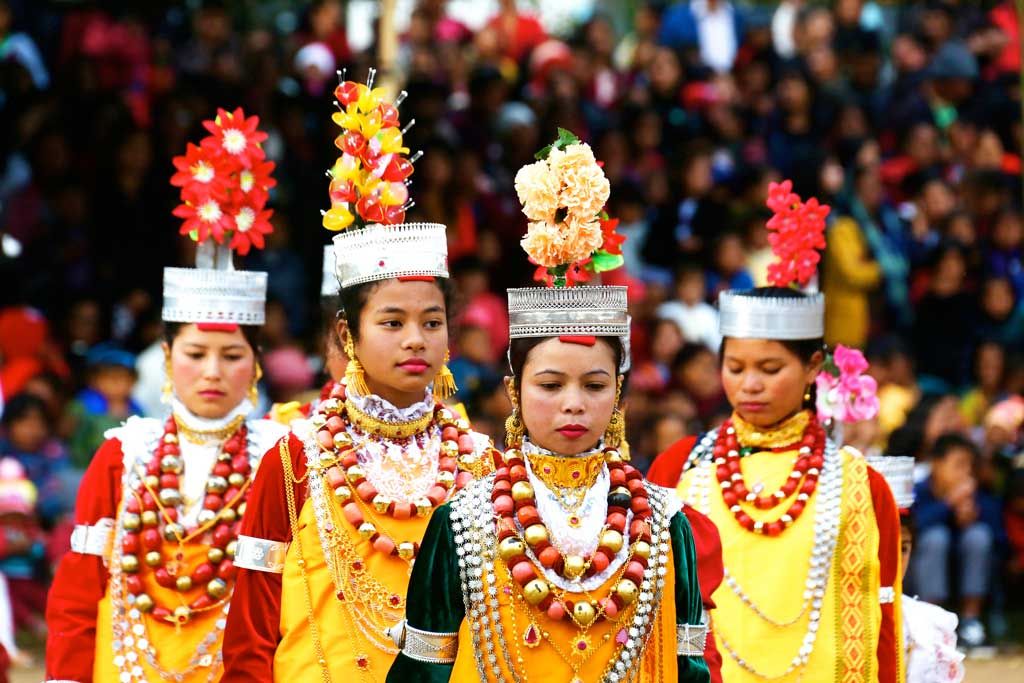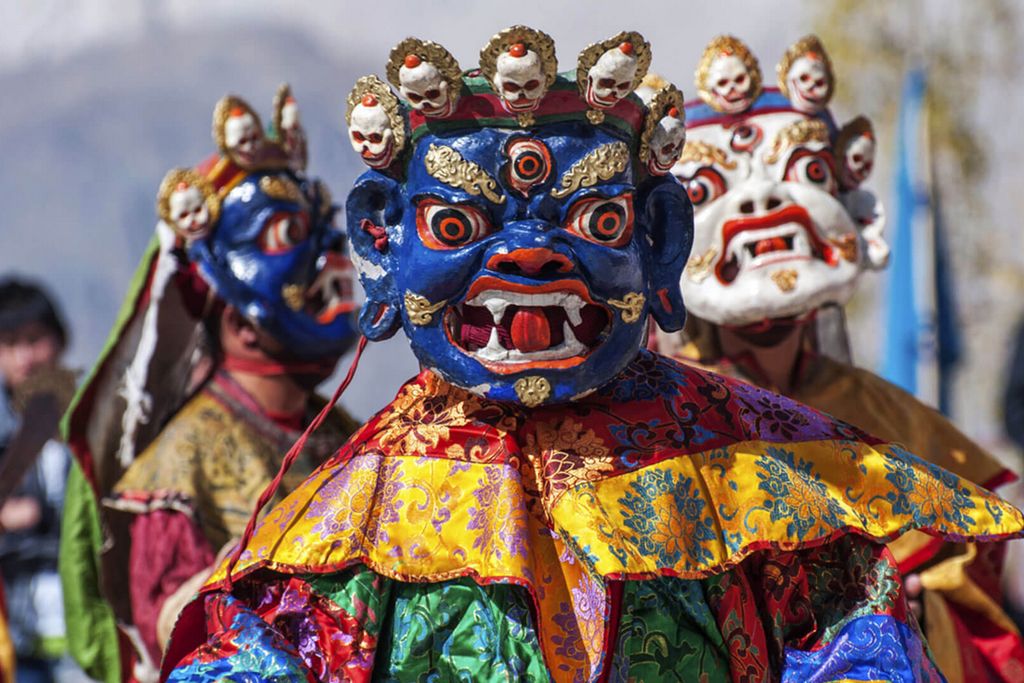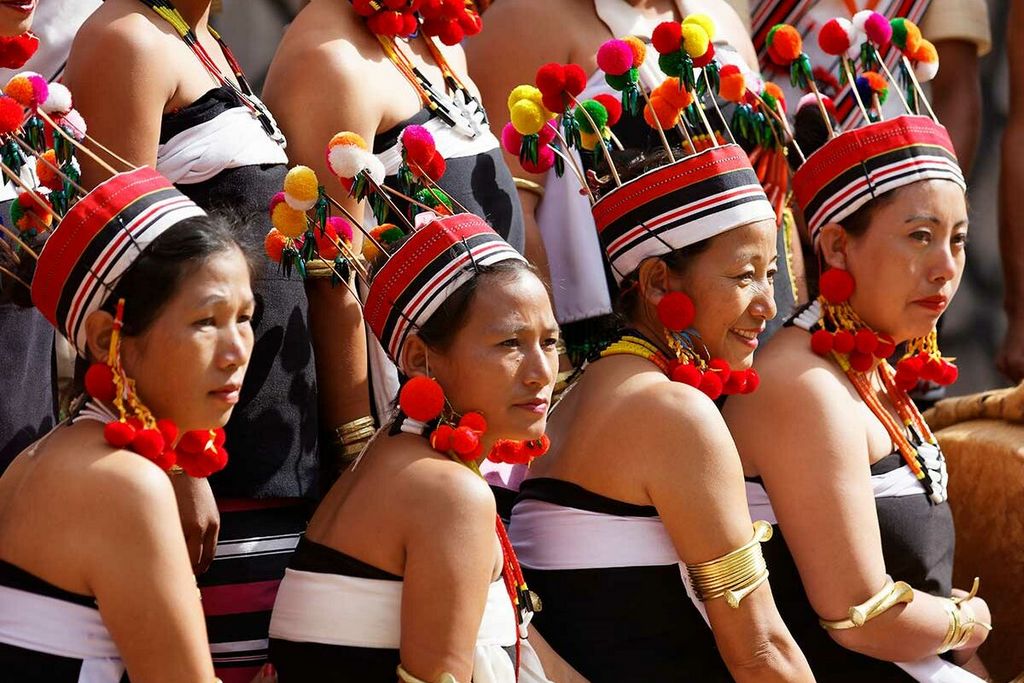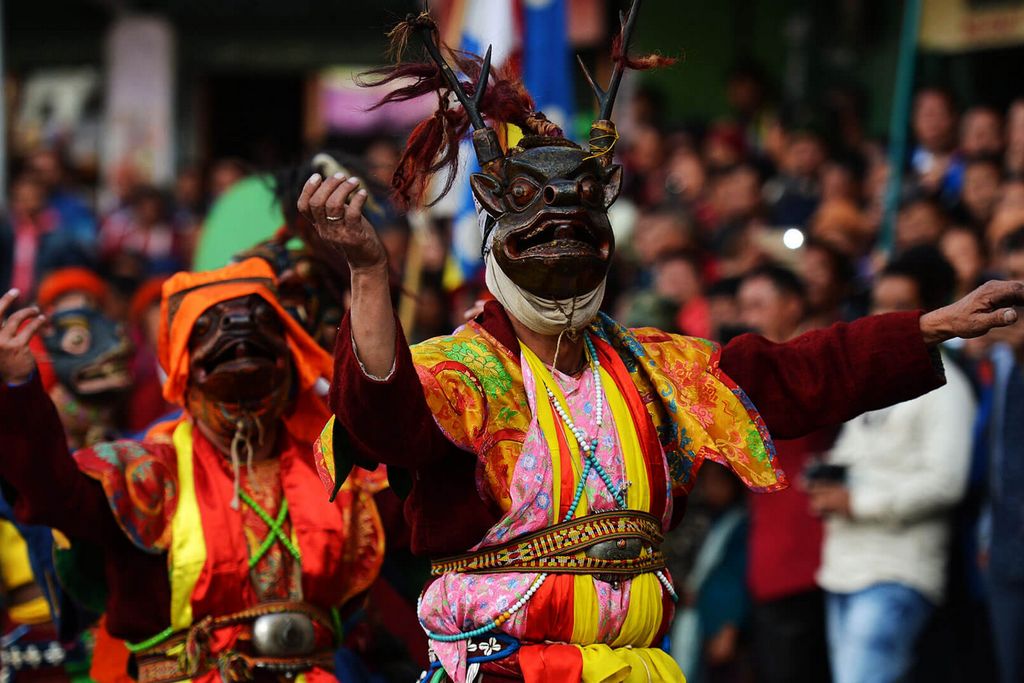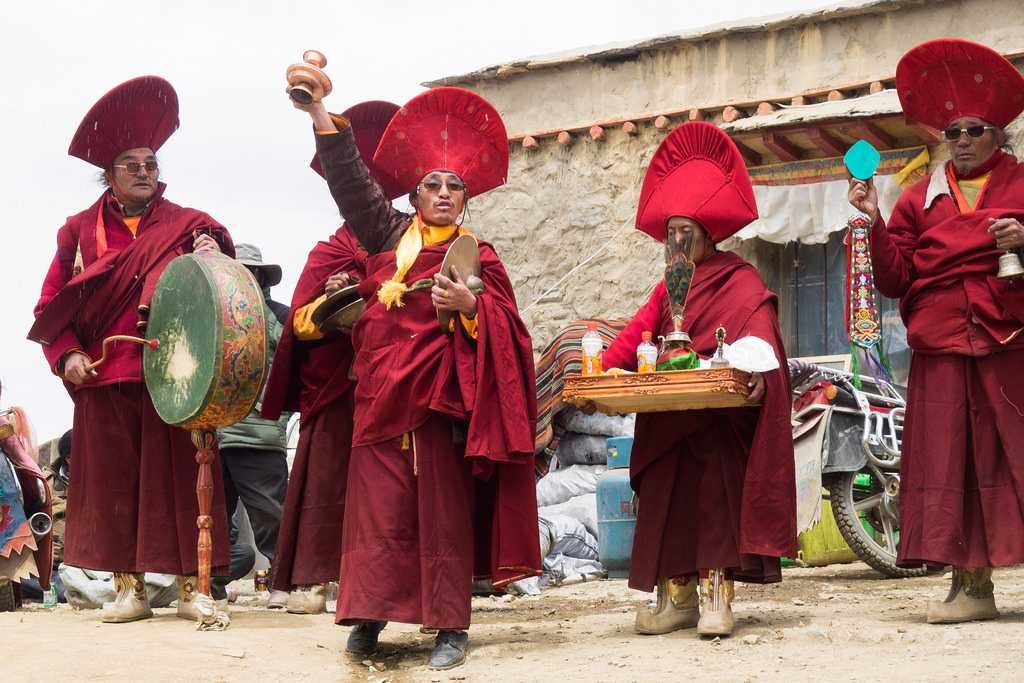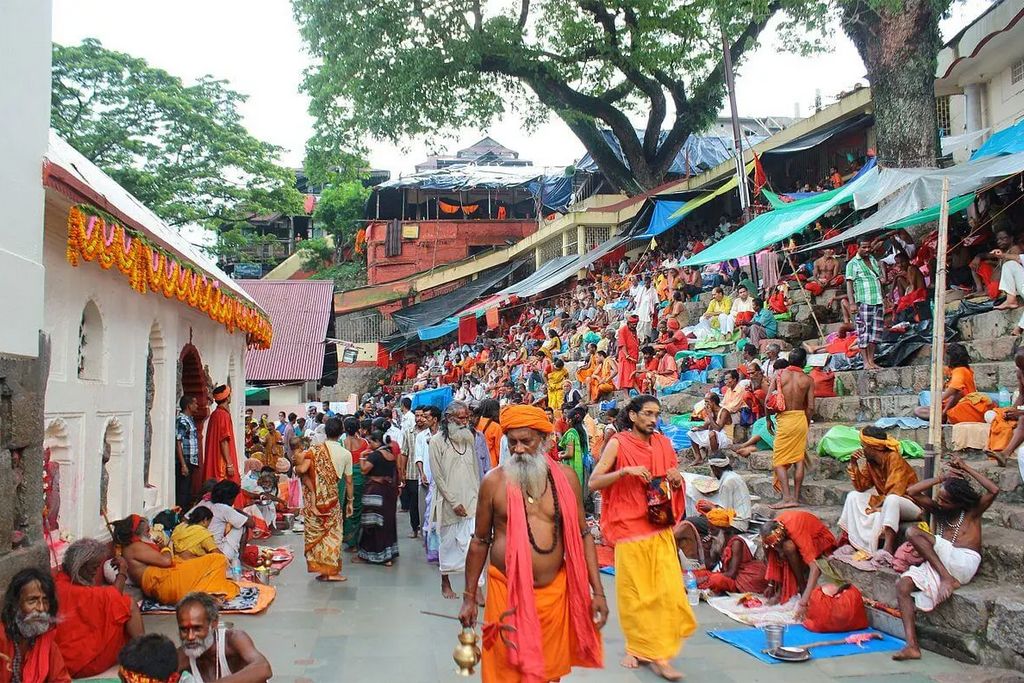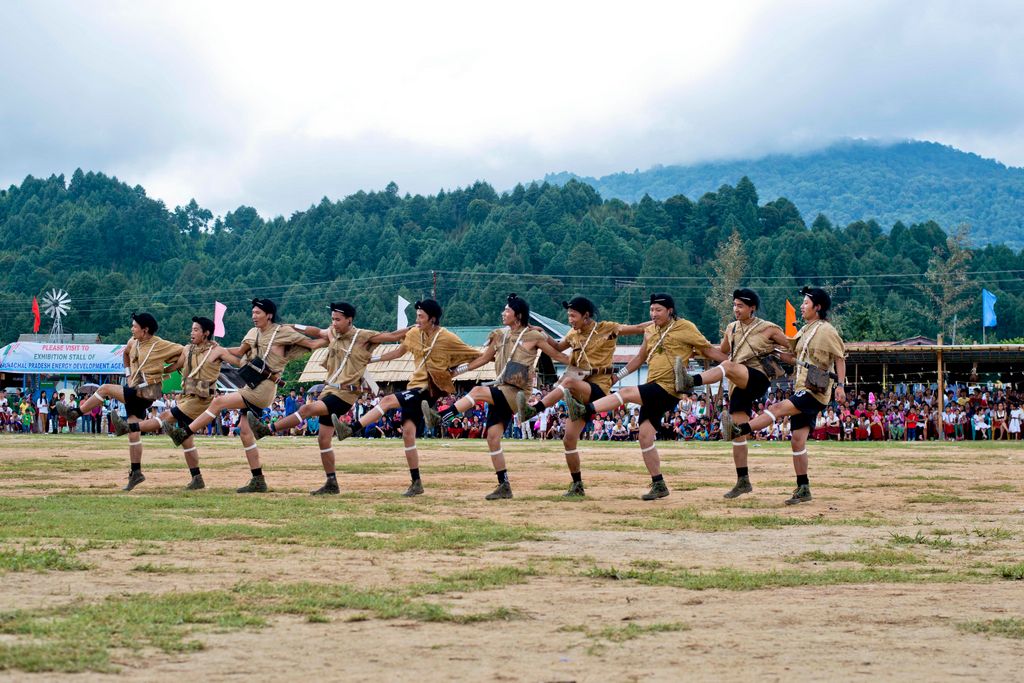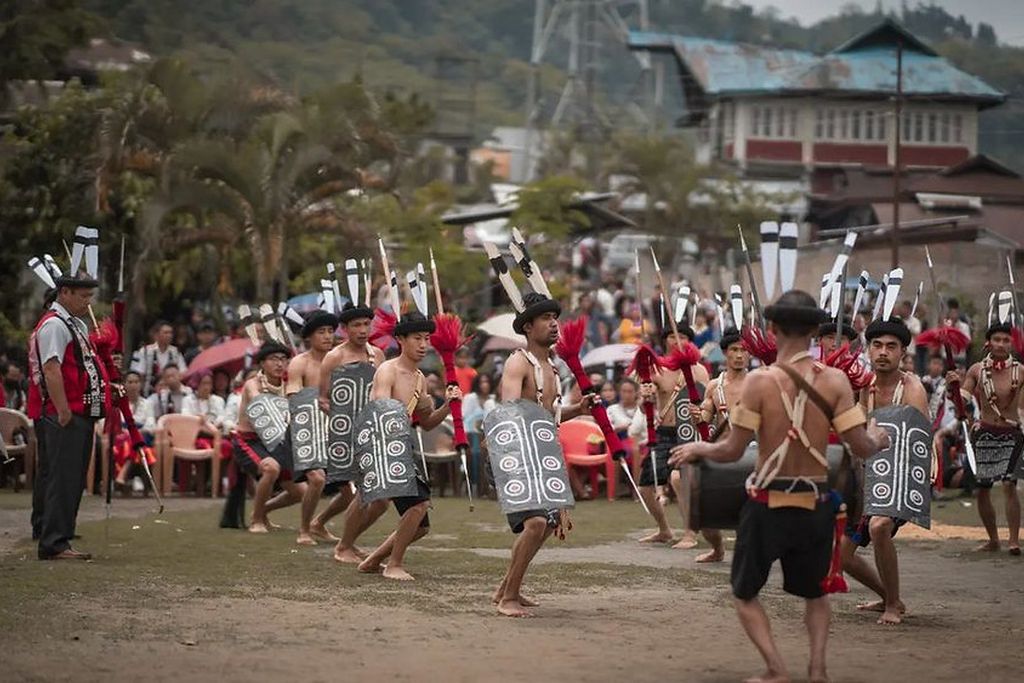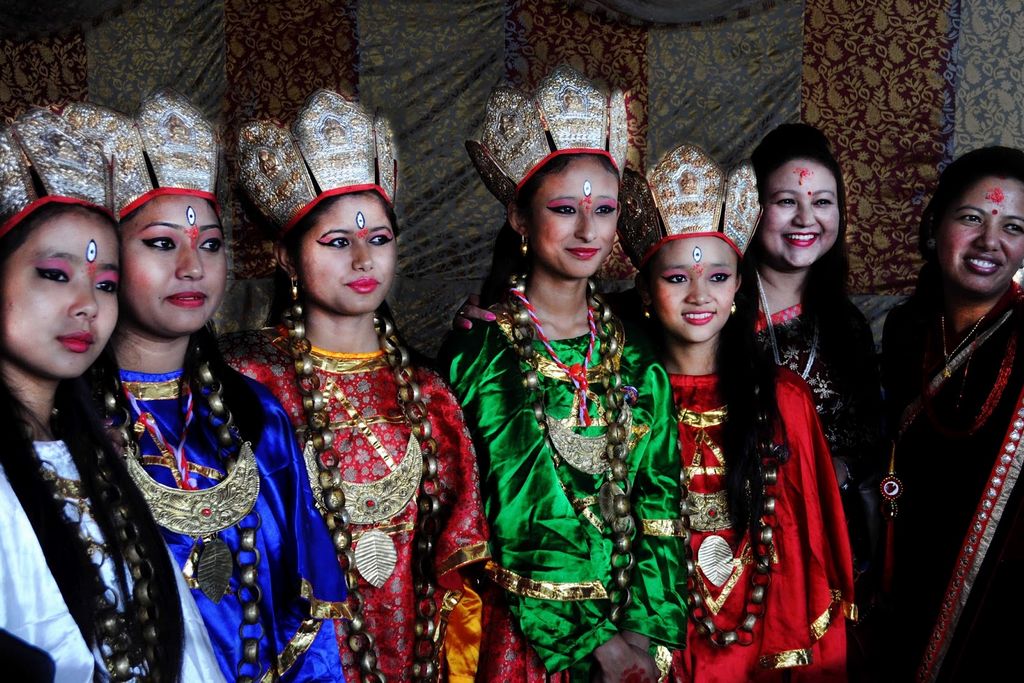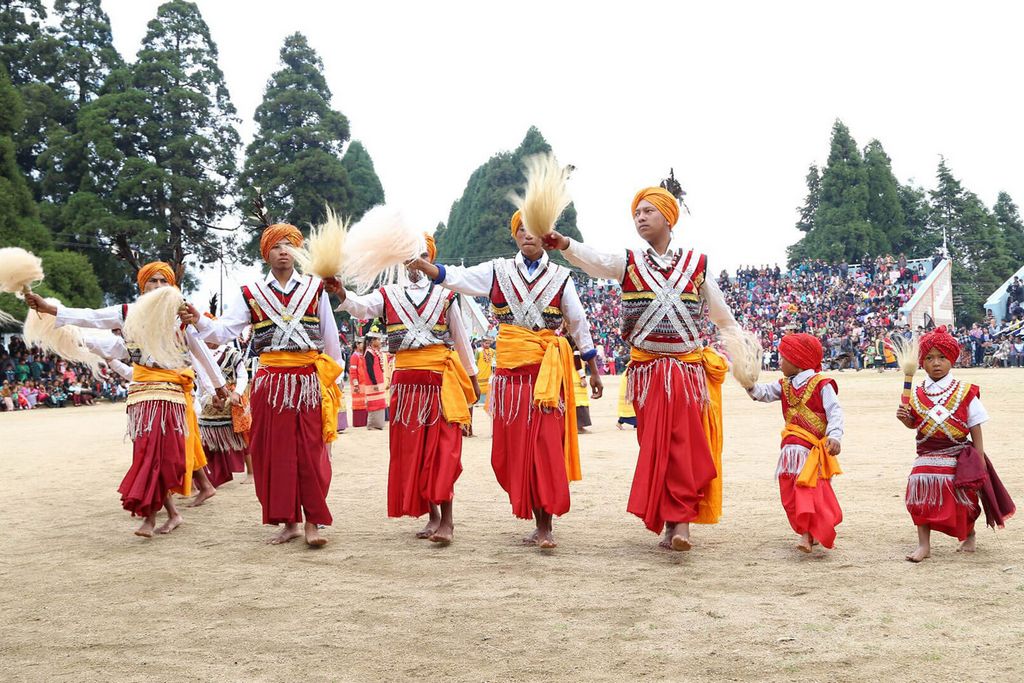Introduction to Northeast India’s Festivals
Northeast India, a region known for its breathtaking landscapes, diverse cultures, and rich traditions, hosts a plethora of festivals that reflect the unique heritage and lifestyle of its people. These festivals are not just celebrations but also a way to understand the intricate social fabric of the various communities residing in the North East. Among the many festivals celebrated, the Manipur Sangai Festival, Hornbill Festival of Nagaland, and Assam’s Magh and Rongali Bihu stand out for their grandeur, cultural depth, and the joy they bring to people.
1. Manipur Sangai Festival (Manipur)
The Manipur Sangai Festival, celebrated with fervor in the enchanting state of Manipur, is a vibrant showcase of the rich tapestry of culture, tradition, and natural beauty that the region boasts. Named after the rare and unique Sangai deer, endemic to the state and symbolic of its natural heritage, the festival is an annual event that captivates both locals and tourists alike. Held towards the end of November, it is a time when Manipur comes alive with a plethora of activities ranging from traditional dances, indigenous sports, music, to showcasing exquisite handloom and handicrafts. The festival serves as a platform for promoting tourism, cultural exchange, and unity, offering a glimpse into the manifold aspects of Manipuri life. From the serene landscapes of Loktak Lake and the Keibul Lamjao National Park to the pulsating rhythms of traditional drumbeats and folk dances, the Sangai Festival is a celebration of life, culture, and the unyielding spirit of the Manipuri people, making it a must-experience spectacle for anyone looking to immerse themselves in the authentic essence of Northeast India’s diverse cultural heritage.
Dates: 21st – 30th November 2024
2. Hornbill Festival (Nagaland)
The Hornbill Festival of Nagaland, often termed the “Festival of Festivals,” stands as a profound celebration of the cultural essence and unity among the diverse tribes of Nagaland. Commencing in the first week of December, this annual festival draws its name from the revered hornbill bird, a significant symbol in the folklore of many Naga tribes. It is celebrated with immense zeal at Kisama Heritage Village near Kohima, where visitors from around the globe gather to witness the spectacular display of traditional dances, music, crafts, and the rich tapestry of Naga life. The festival not only highlights the martial traditions, folk stories, and religious ceremonies of the Naga people but also includes modern attractions such as rock concerts, motor rallies, and a variety of competitions. Through its celebration, the Hornbill Festival fosters inter-tribal interaction and promotes the cultural heritage of Nagaland, making it an invaluable platform for cultural exchange and a vibrant tourist attraction that encapsulates the spirit of unity, tradition, and the vibrant way of life of the Naga people.
Dates: 1st – 10th December 2024
3. Magh and Rongali Bihu (Assam)
The Bihu Festival of Assam is a quintessential celebration marking the change of seasons and the agricultural calendar of the region. Emblematic of Assamese culture, Bihu is celebrated three times a year – Rongali or Bohag Bihu in April, heralding the Assamese New Year and the arrival of spring; Kongali or Kati Bihu in October, associated with the sowing of crops; and Bhogali or Magh Bihu in January, celebrating the harvest. Among these, Rongali Bihu is the most vibrant, featuring the famed Bihu dance and folk songs that express the joy of life and fertility. It’s a festival that brings together communities, fostering a spirit of unity and joy through feasts, music, and dance. The Bihu dances, performed by young men and women adorned in traditional attire, are a sight to behold, encapsulating the essence of Assam’s rich cultural heritage. Bihu is not just a festival; it’s a series of rituals that reflect the symbiotic relationship between humans and nature, celebrating the cycles of life with gratitude and hope. Through its celebration, Bihu strengthens social bonds and keeps the cultural fabric of Assam vibrantly alive, making it a cherished event for Assamese people worldwide.
Dates:
Magh Bihu: 14th January 2025
Rongali Bihu: 14th April – 20th April 2025
4. Ziro Festival of Music (Arunachal Pradesh)
The Ziro Festival of Music, nestled in the picturesque Ziro Valley of Arunachal Pradesh, is a mesmerizing celebration of music, art, and culture that has gained fame as one of India’s most eclectic outdoor music festivals. Held annually in September, this festival brings together a diverse mix of indie, folk, and electronic music artists from India and around the globe, creating a vibrant mosaic of sounds and styles. What sets the Ziro Festival apart is its stunning backdrop—the lush, green landscapes of the Ziro Valley, which add an ethereal quality to the musical performances. Attendees camp in the midst of nature, making it a unique experience that combines the thrill of live music with the serenity of the great outdoors. The festival is not just a platform for showcasing musical talent but also promotes the rich cultural heritage of the Apatani tribe of Arunachal Pradesh, offering visitors a glimpse into their traditions, cuisine, and way of life. The Ziro Festival of Music is more than just an event; it’s a celebration of harmony, diversity, and the unifying power of music in one of the most breathtaking settings in India.
Dates: Not yet Decided
5. Wangala Festival (Meghalaya)
The Wangala Festival, also known as the Festival of Hundred Drums, is a vibrant celebration that marks the end of the agricultural year, symbolizing the start of winter and the time of harvest in Meghalaya. Predominantly celebrated by the Garo tribe, this festival is a grand expression of gratitude to Misi Saljong, also known as the Sun God, for blessing the people with a rich harvest. Taking place annually in November, Wangala is characterized by the thunderous beat of drums, the melodious flow of indigenous flutes, and the energetic dances performed by men and women adorned in colorful traditional attire. These dances and musical performances encapsulate the rich cultural heritage of the Garo tribe, showcasing their deep connection with nature and agriculture. The festival not only offers a window into the traditional lifestyles of the Garo people but also strengthens communal bonds and preserves the tribe’s cultural identity. Wangala is more than just a festival; it’s a vibrant testament to the enduring spirit and cultural vibrancy of Meghalaya’s indigenous communities, attracting visitors from across the globe to partake in its joyful celebrations.
Dates: 8th November 2024
6. Losar Festival (Arunachal Pradesh and Sikkim)
The Losar Festival, celebrated with great zest in the regions of Arunachal Pradesh and Sikkim, marks the advent of the Tibetan New Year, weaving together ancient rituals, cultural vibrancy, and communal harmony. Losar has origins that trace back to before Buddhism reached Tibet, rooted in the Bon religion’s winter incense-burning ritual. It is believed that during the rule of the ninth Tibetan king, Pude Gungyal (317-398), this tradition combined with a harvest celebration, giving rise to the annual celebration of Losar. Tribes such as the Sherdukpens, Monpa, Memba, Bhutia, Khamba, and Nah, who adhere to the Mahayana branch of Buddhism, observe this festival with great splendor and festivity. The festival lasts fifteen days but the main celebration takes place for first week.
Each of these tribes and communities brings its own unique customs, rituals, and festivities to the celebration of Losar, making it a diverse and vibrant festival that reflects the rich tapestry of Himalayan culture and Buddhist traditions. The festival typically involves cleaning and decorating homes, preparing special foods, visiting monasteries, offering prayers, and engaging in various cultural performances, symbolizing the ushering in of good luck and the warding off evil spirits for the coming year. This festival, which usually celebrated on the first day of the Lunisolar Tibetan Calendar falls in the month of February or March, is a profound reflection of the Buddhist traditions and the rich cultural heritage shared by the communities in these areas.
Losar is initiated with the preparation of traditional delicacies, the decoration of homes and monasteries with colorful flags and intricate patterns, and the performance of rituals to dispel any negative energies from the previous year. The festival spans several days, during which people dress in their finest traditional attire, exchange greetings, and participate in dances, music, and prayers, embodying the spirit of renewal, gratitude, and hope for the coming year. The monastic dances, known as ‘Cham’, and the vibrant processions are particularly captivating, showcasing the depth of the region’s spiritual and cultural life. Losar is not just a New Year celebration; it’s a time for purification, reflection, and rekindling family and community ties, making it a cornerstone of cultural identity for the Buddhist communities in Arunachal Pradesh and Sikkim.
Dates: 28th February 2025
7. Lui-ngai-ni, Manipur
Lui-ngai-ni is a significant festival celebrated predominantly by the Naga tribes in Manipur, marking the onset of the spring season and the commencement of sowing seeds. This festival, usually observed in February, is a vibrant testament to the rich cultural heritage and the agrarian lifestyle of the Naga community. It is a time for prayers and rituals asking for the blessings of the gods for a prosperous harvest. Lui-ngai-ni is characterized by colorful traditional dances, folk songs, and the showcasing of indigenous crafts and cuisines, reflecting the unity and cultural identity of the Naga tribes. The festival not only celebrates the agricultural practices and the bounty of nature but also strengthens the bonds within the community through the shared experiences of feasts and cultural performances. Lui-ngai-ni serves as a platform for the younger generations to connect with their roots and for the broader community to witness the rich tapestry of Naga traditions and the spirit of togetherness that defines this celebration.
Dates: 15th February 2025
8. Torgya Festival (Arunachal Pradesh)
The Torgya festival, celebrated by the Monpa community in Arunachal Pradesh, marks the beginning of a healthy and prosperous new year. This event takes place over three days in January, aligning with the 28th to 30th days of Dawachukchipa (the 11th lunar month), which typically falls between January 10th and 12th on the Gregorian calendar. The festival’s primary purpose is to dispel negative forces from the earth that could harm living beings and to safeguard them against disasters. It features a series of oral and dance performances that depict legendary tales believed to have occurred historically. These performances, requiring rigorous training and discipline, are executed by monks from the monastery, adorned in vibrant costumes and robes. The festival hosts various dance forms, which are considered auspicious for attendees to witness.
Dates: January 2025
9. Saga Dawa Festival, Sikkim
The Saga Dawa Festival is one of the most sacred Buddhist festivals, celebrated primarily in Tibet and by Tibetan communities across the Himalayan region, including Sikkim and Bhutan. Held on the 15th day of the fourth month of the Tibetan lunar calendar, usually falling in May or June, Saga Dawa marks the birth, enlightenment, and parinirvana (death) of Lord Buddha. It is a period of prayer, reflection, and acts of merit such as almsgiving, abstaining from eating meat, and freeing captive animals to embody the Buddhist teachings of compassion and non-violence. Devotees participate in processions, light butter lamps, and hang prayer flags to purify the air and environment. The festival is characterized by a deep sense of reverence and devotion, as people make pilgrimages to sacred sites and monasteries, engaging
in virtuous deeds to accumulate merit. The highlight is the circumambulation of sacred sites and the replacement of the Tarboche Prayer Pole, a significant ritual that symbolizes the universe’s renewal. Saga Dawa is not just a time for celebration but also for profound spiritual renewal and commitment to the path of enlightenment, making it a cornerstone event in the Buddhist calendar that transcends cultural boundaries to bring together communities in shared devotion and hope.
Dates: 11th June 2025
10. Ambubachi Festival, Assam
The Ambubachi Mela stands as one of the largest gatherings in Eastern India, primarily centered around the Kamakhya Temple, and takes place annually in June. This festival, deeply embedded in Shakti practices, is a significant event where devotees honor the goddess Kamakhya, a symbol of the mother cult and divine feminine power, Shakti. During Ambubachi, from the seventh to the tenth day of the Asadha month in the Hindu calendar, the temple’s doors are shut, signifying the goddess’s menstrual cycle. The temple reopens on the twelfth day with grand celebrations and a fair on the temple grounds.
The term “Ambubachi” reflects the connection with water, hinting at the monsoon rains that render the soil fertile for reproduction. During this sacred interval, regular worship and agricultural activities, including plowing and sowing, are paused. Certain groups, like widows, Brahmacharis, and Brahmins, abstain from consuming cooked food. Following the conclusion of Ambubachi, on the fourth day, a cleansing ritual takes place involving household and personal items, signifying the resumption of worship and entry into the temple as being particularly favorable.
Ambubachi encapsulates a blend of agricultural, societal, and religious notions, symbolizing a phenomenon with deep-rooted cultural and spiritual significance, endorsed by religious beliefs.
Moreover, the Kamakhya temple is a pivotal site for Tantric practices, hosting a community of Tantriks who perform their significant Rajaewari pooja in secrecy, accessible only to the initiated. This aspect of the temple, while shrouded in mystery, is subtly observed through individuals in distinctive attire, engrossed in their spiritual practices.
Dates: 22nd to 26th June 2025
11. Dree Festival, Arunachal Pradesh
The Apatani tribe, residing in Ziro within Arunachal Pradesh’s Lower Subansiri district, celebrates the Dree Festival with enthusiasm on July 5th, starting from the 4th. This festival, central to the Apatani culture, honors agriculture, their primary livelihood, through sacrifices and offerings to five deities: Danyi, Metii, Tamu, Mepin, and Meder, aiming for a bountiful harvest. Rituals include the sacrifice of animals and offerings of Apong (local rice beer), with unique practices such as the sacred Ranii Akhii, which is displayed but not touched to avoid curses. Introduced in 1967, the mithoon sacrifice is a significant ritual, followed by a community feast featuring the Apatani folk dance ‘Daminda’ and traditional sports, though some have ceased over time. The festival concludes with communal dances, symbolizing unity and peace, showcasing the Apatani’s dedication to preserving their cultural heritage and ancestral traditions.
Dates: 4th to 5th July 2025
12. Moatsu Festival, Nagaland
Celebrated by the Ao tribe in Nagaland, Moatsu is a three-day festival in May that strengthens community ties. It features the exchange of gifts, new friendships, feasting, and bonfires, symbolizing the villagers’ camaraderie. Held annually in the first week of May, the festival follows the completion of agricultural tasks like field clearing, jungle burning, seed sowing, well cleaning, and house repairs, offering a respite filled with leisure and joy. Moatsu is distinguished by its vibrant music and dance, creating a festive atmosphere of celebration from May 1st to 3rd. A key ritual is Sangpangtu, where participants, dressed in their finest, gather around a large fire, with women serving wine and meat. Village witch doctors predict the community’s future fortunes based on the festival’s events. Previously, the festival included a fertility ritual involving a young virgin and a boy, a practice discontinued with the introduction of Christianity.
Dates: 1st to 3rd May 2025
13. Loosong/Namsoong Festival, Sikkim
The festival of Loosong, predominantly celebrated in December each year, is a vibrant and traditional event for both the Lepchas and Bhutias. It signifies the conclusion of the harvest season and the end of the Tibetan year. In all four districts, famous monasteries host several religious dances (Chaams) to commemorate the triumph of good over evil. Additionally, traditional archery competitions take place in various locations throughout the festival.
Celebrated across Sikkim, Loosong marks the culmination of the harvest season at the end of the Tibetan year’s tenth month. Inspired by a successful harvest and in hopes of better prospects for the next, the festival features religious masked dances at the Enchey Monastery. These dances represent the banishment of evil spirits and the welcoming of good spirits for the upcoming year. Loosong has evolved into a significant festival, attracting global visitors eager to witness local sports such as archery and the climbing of a greased pole.
The festival also showcases local cuisine, handicrafts, floriculture, and cultural programs, adding to its allure. It is organized by the Tribal Youth Association of Gangtok, presenting an opportunity for attendees to immerse themselves in the region’s rich cultural heritage.
Dates: 31st December 2024
15. Indra Jatra, Sikkim
Indrajatra is a significant religious festival celebrated with great enthusiasm and splendor by the Newar community in Sikkim. It is believed that many centuries ago, the mother of Indra, the king of heaven, required specially scented flowers known as Parijat. Unable to find these flowers in heaven, Indra discovered them in the Kathmandu Valley. In his attempt to take them for his mother, he was captured and imprisoned by the locals of the Valley. When Indra’s mother came searching for him, the people were taken aback to learn of their deed. Upon realizing their mistake, they released Indra and instituted one of Nepal’s most vibrant festivals in his honor, aiming to appease his wrath.
Dates: 17th September 2024
15. Nongkrem Dance Festival, Meghalaya
The Nongkrem Dance Festival, celebrated during autumn in Smit—the cultural heart of the Khasi Hills—is a five-day religious event revered among the Khasis and popularly known as Ka Pomblang Nongkrem, or simply the Nongkrem Dance. This festival, like all others in Meghalaya, is held to seek the blessings of the all-powerful Goddess Ka Blei Synshar for a bountiful harvest and the prosperity of the people.
The festival is marked by the Pomblang ceremony, conducted by the Syiem of Khyrim and the high priest, where oblations are offered to Lei Shyllong, the deity of Shyllong peak, through the sacrifice of a cock. A crucial aspect of the festival involves the Pomblang—the sacrifice of goats—followed by offerings to the ancestors and ancestresses of the ruling clan and to the deity of Shillong peak.
The religious rituals precede the dances, which feature unmarried girls in their striking traditional costumes. The dances for men are characterized by their vigorous and energetic nature; they dance holding a sword in their right hand and typically a white yak hair whisk in their left, moving rhythmically to the beats of drums and the melodies of the tangmuri or pipes.
Dates: November 2024 (Not yet announced)
Conclusion
The festivals of Northeast India are a spectacular showcase of the region’s diverse cultures, traditions, and natural beauty. They offer a window into the soul of the Northeast, highlighting the harmony, joy, and vibrancy that define this part of India. From the grandeur of the Hornbill Festival to the spirited dances of Bihu, and the cultural immersion of the Sangai Festival, these celebrations are not just tourist attractions but lifelines of the communities that host them, preserving and passing on their heritage to future generations. For travelers and culture enthusiasts, participating in these festivals is a way to experience the true essence of Northeast India’s unparalleled cultural diversity.

